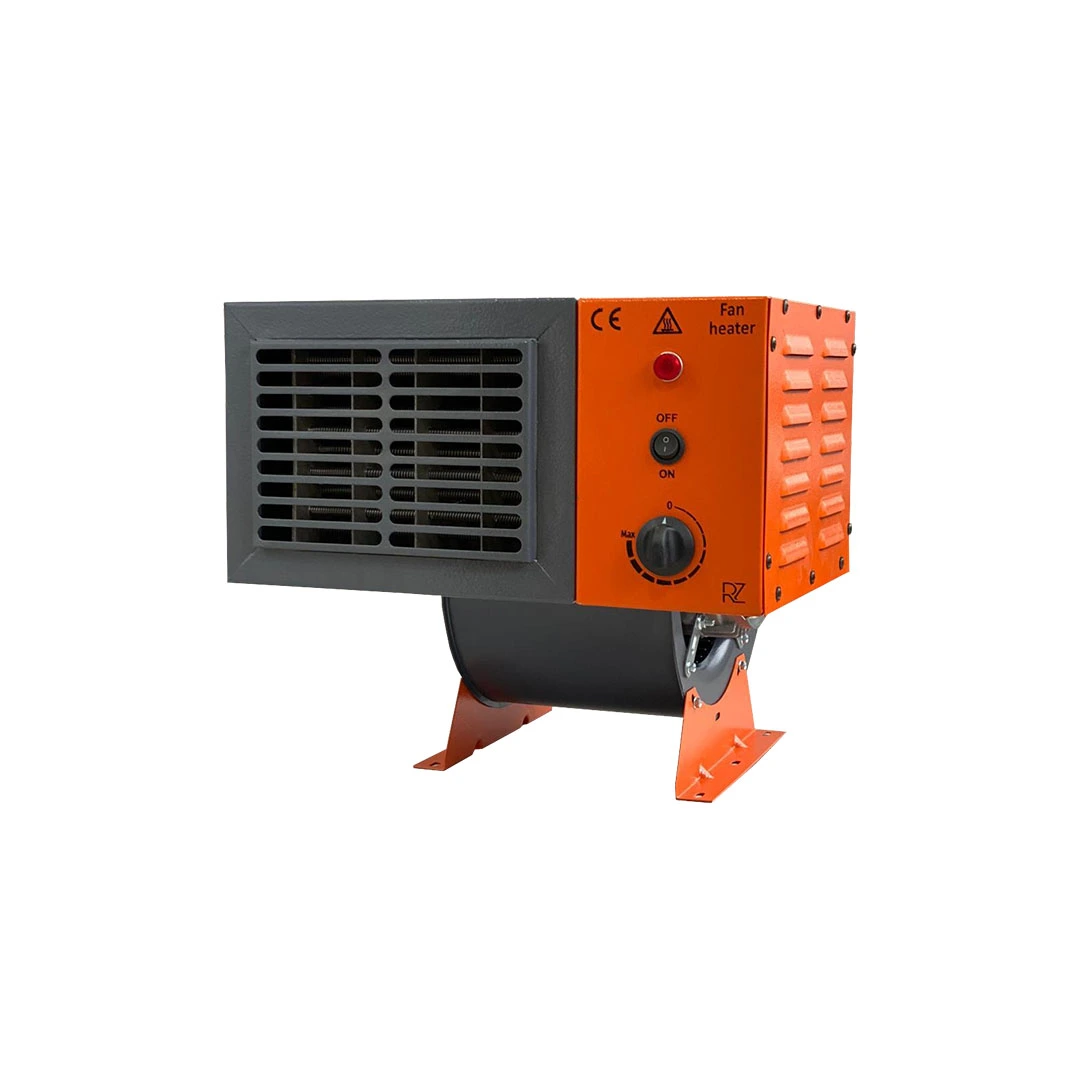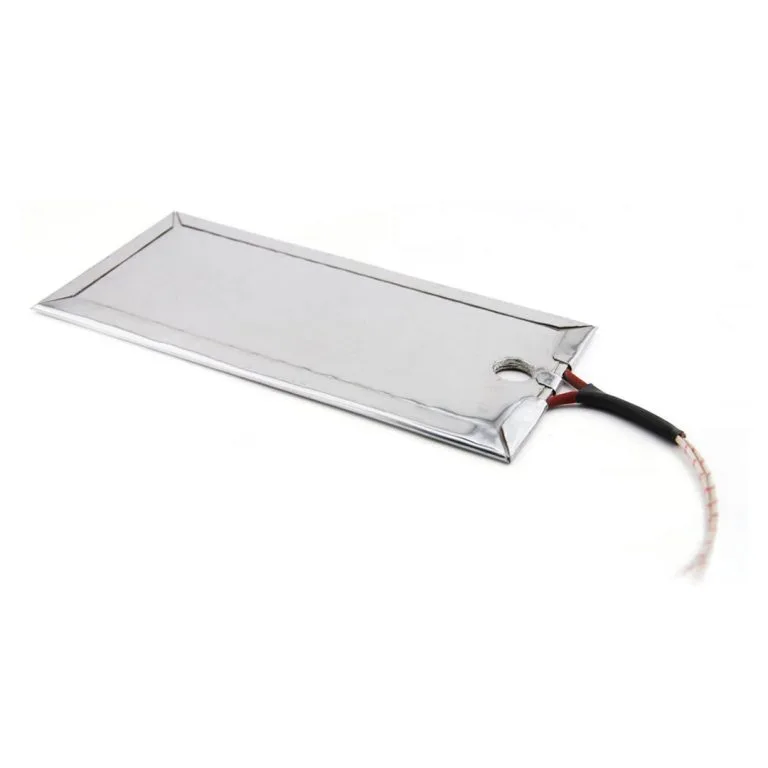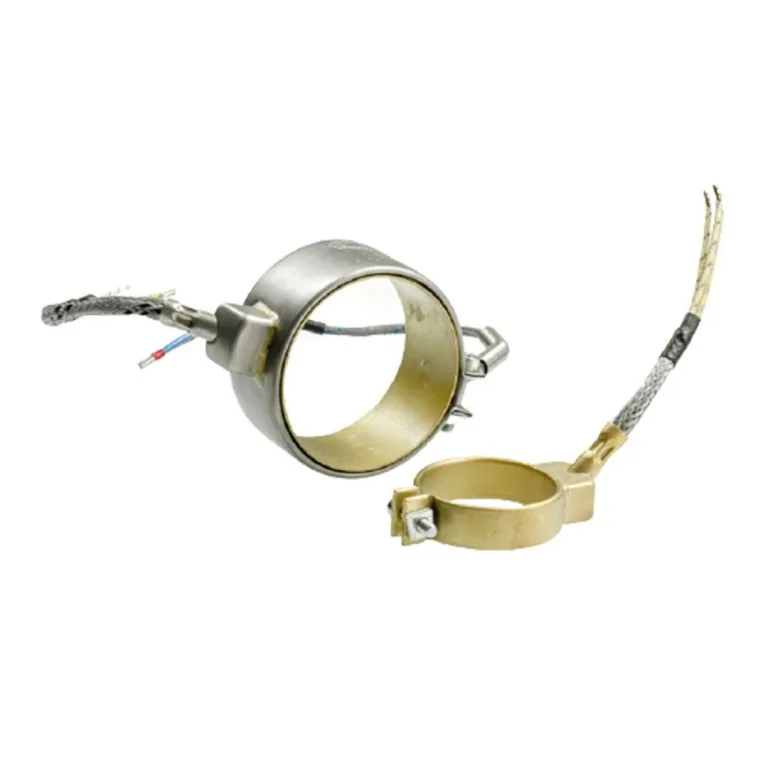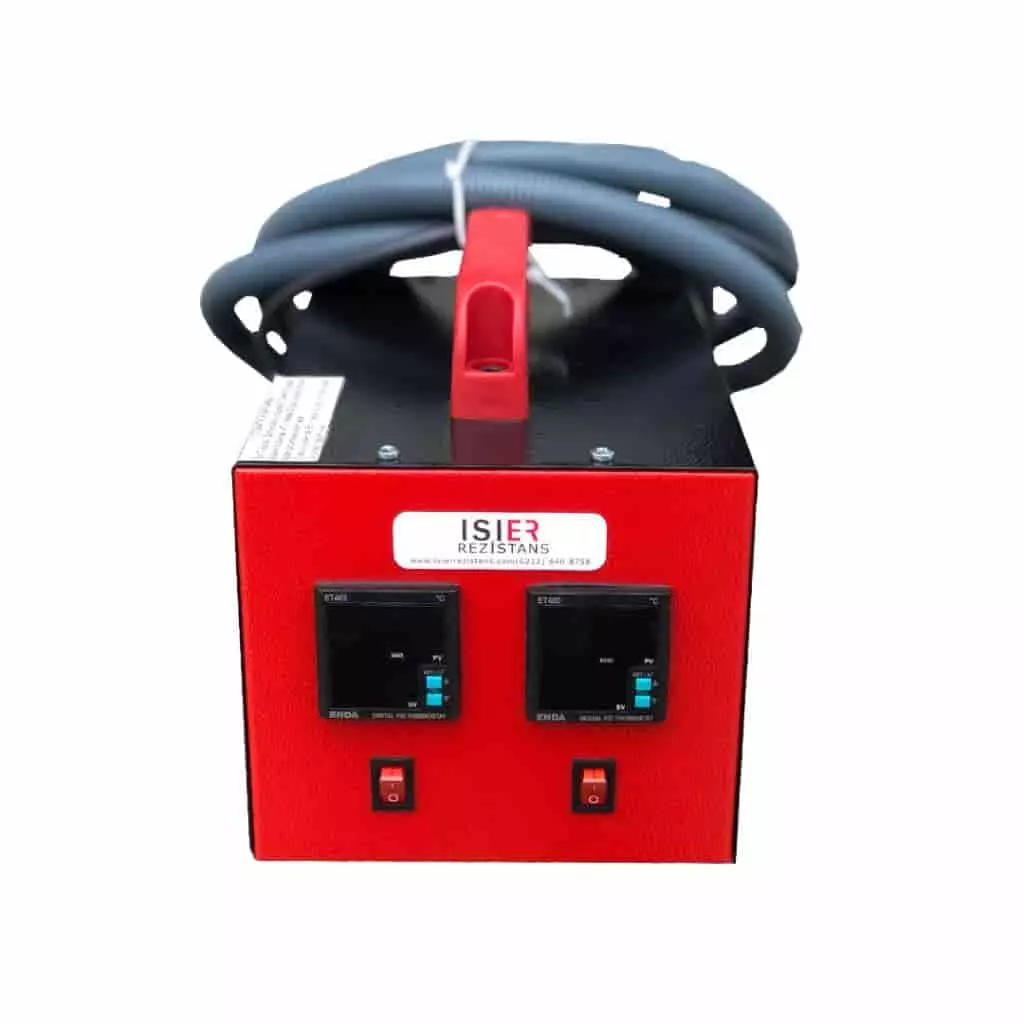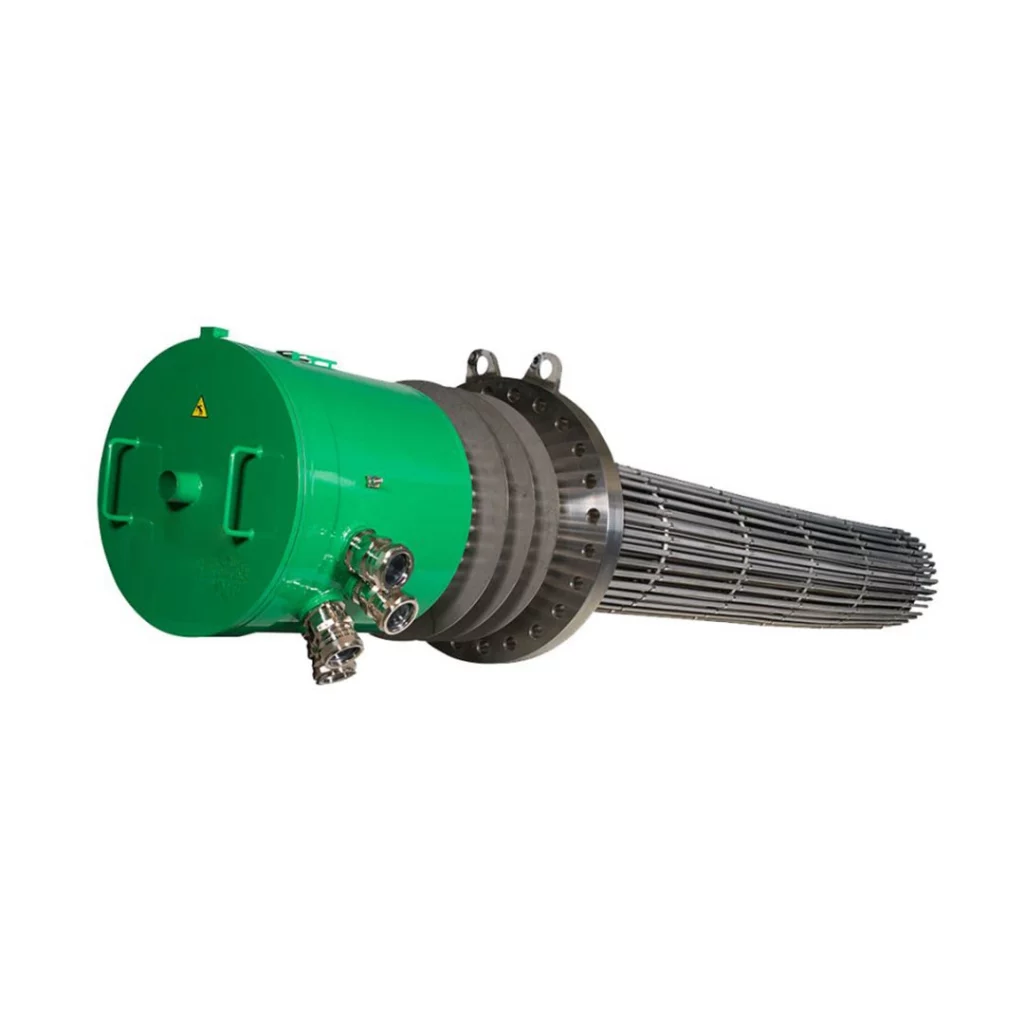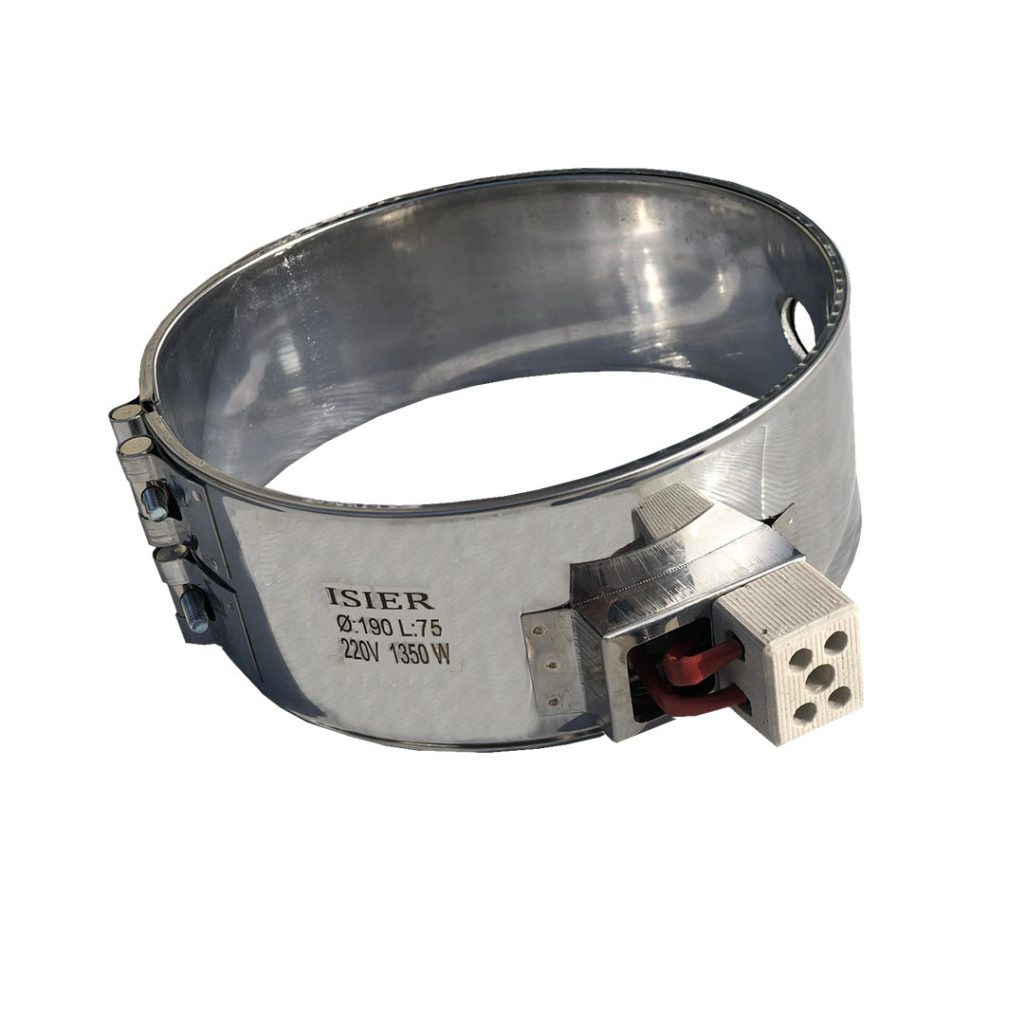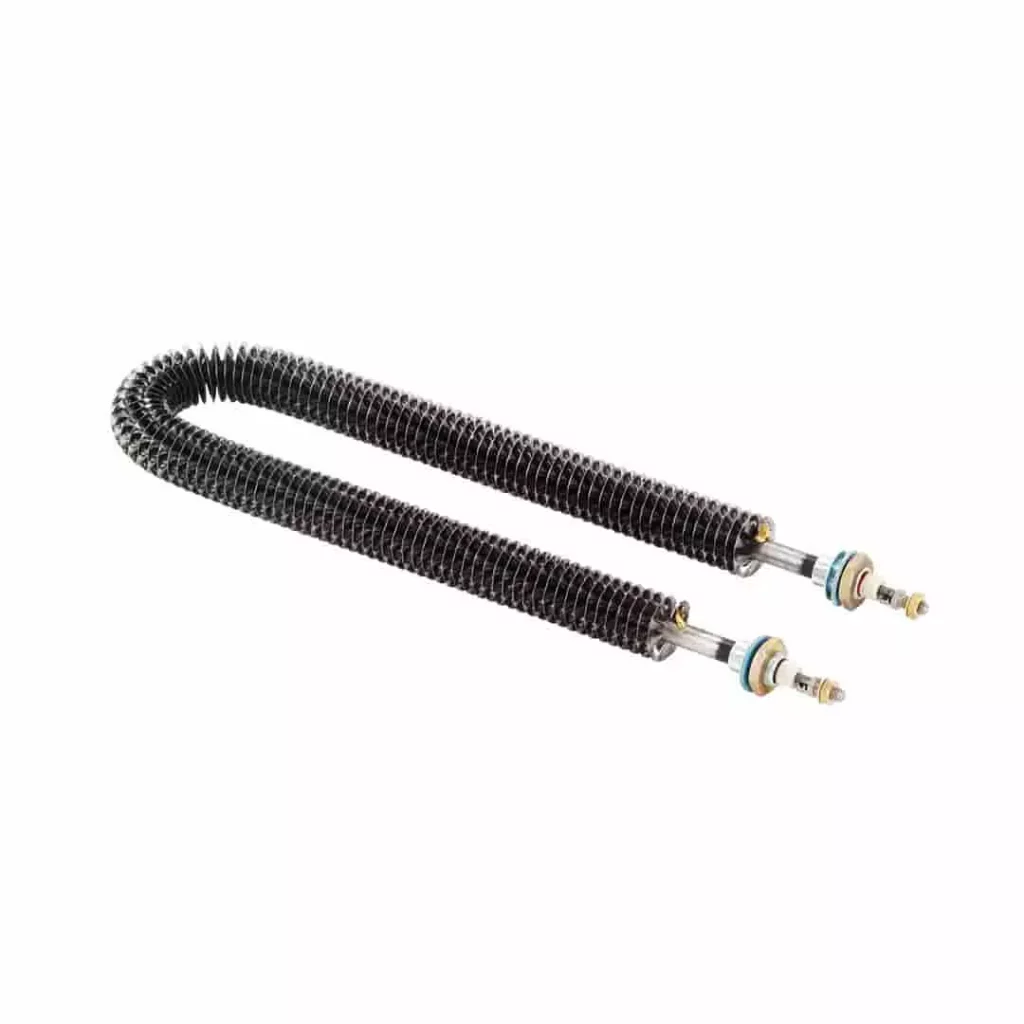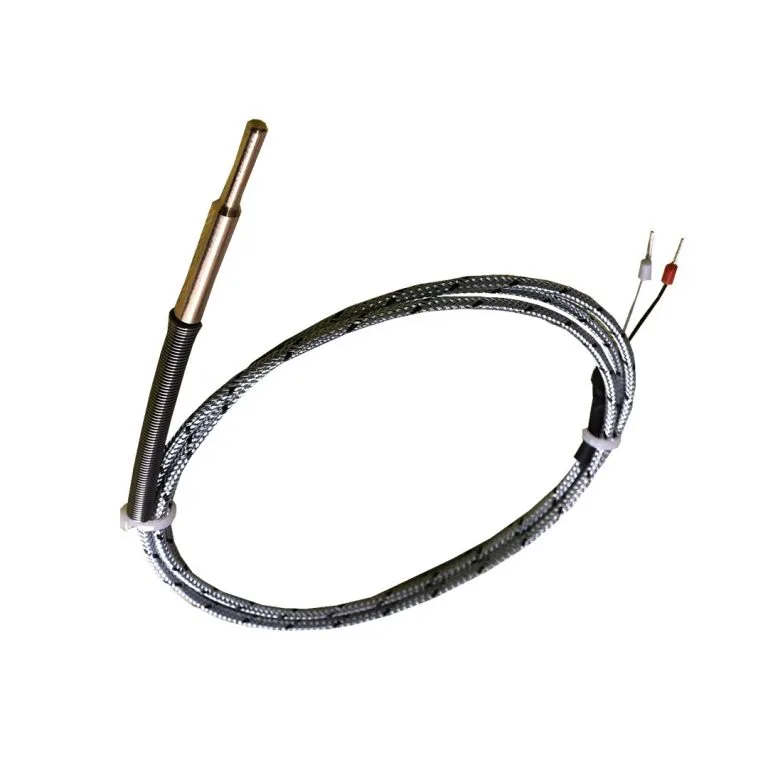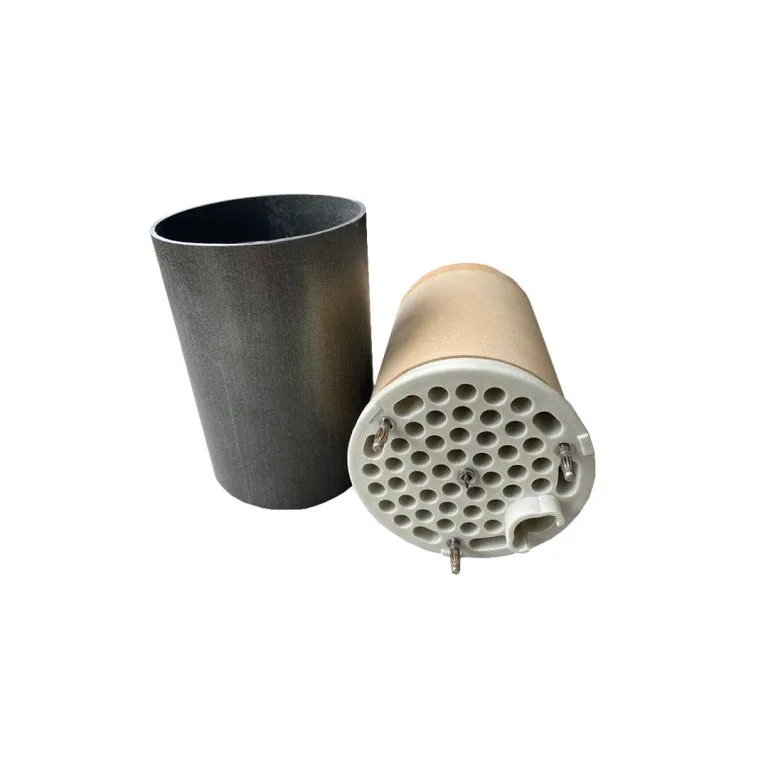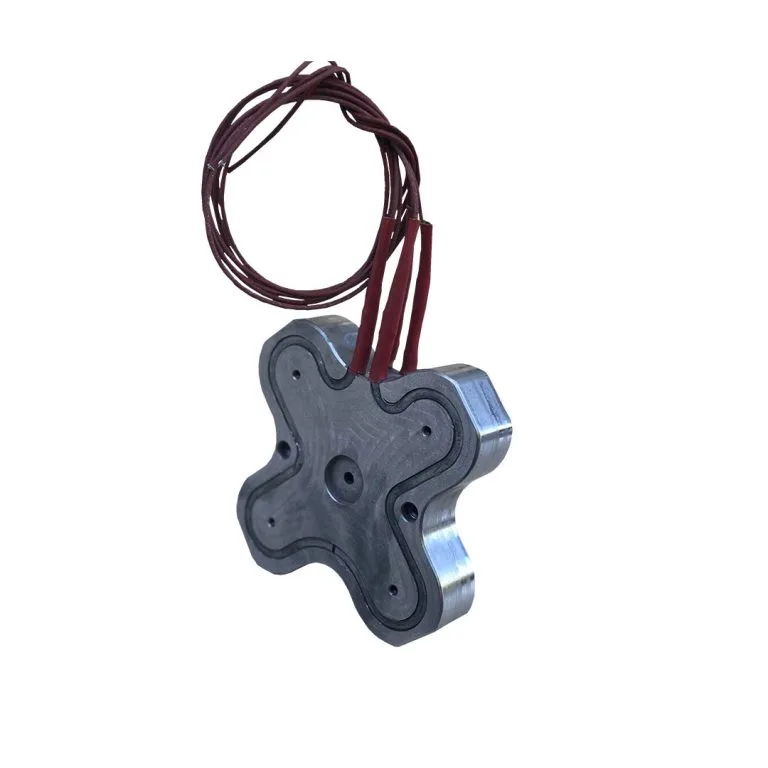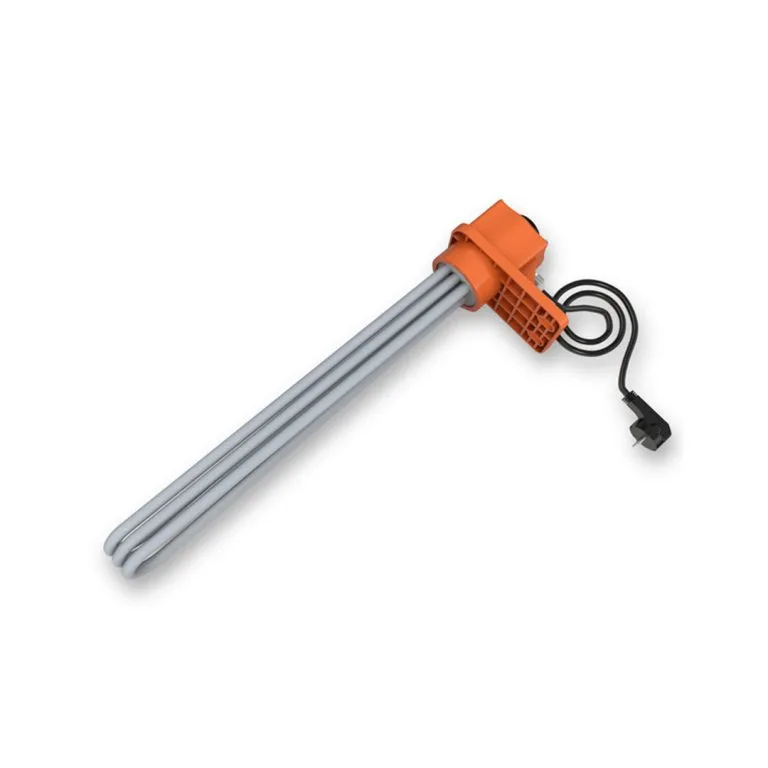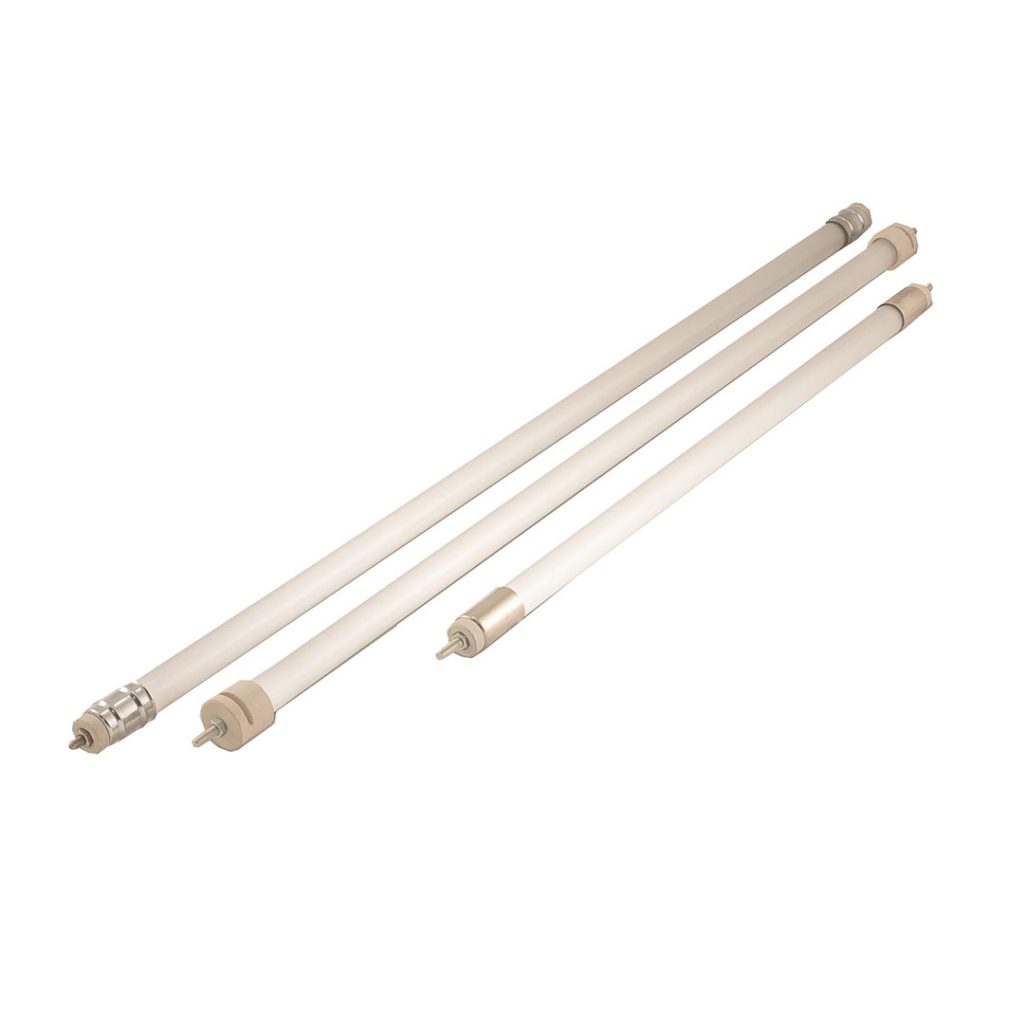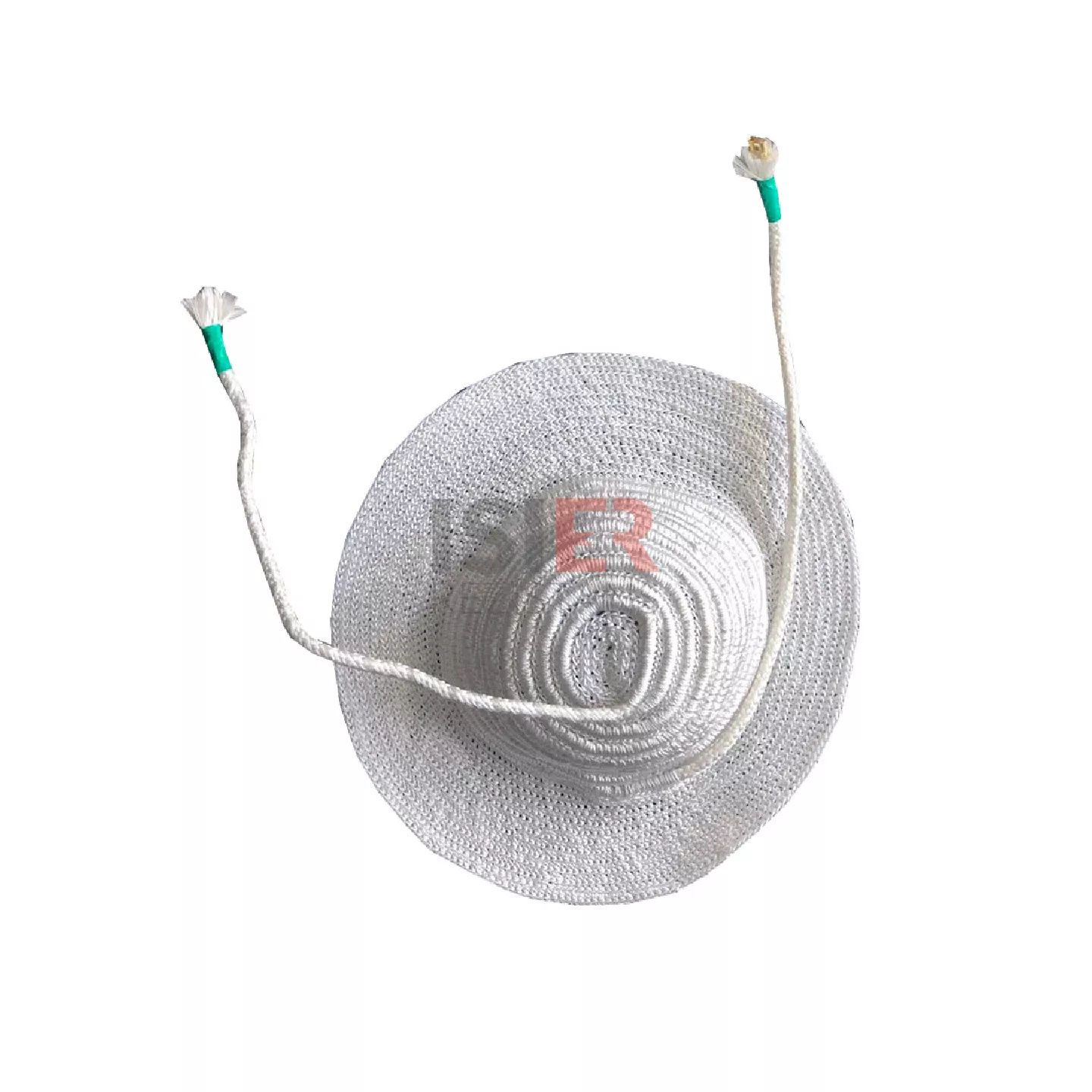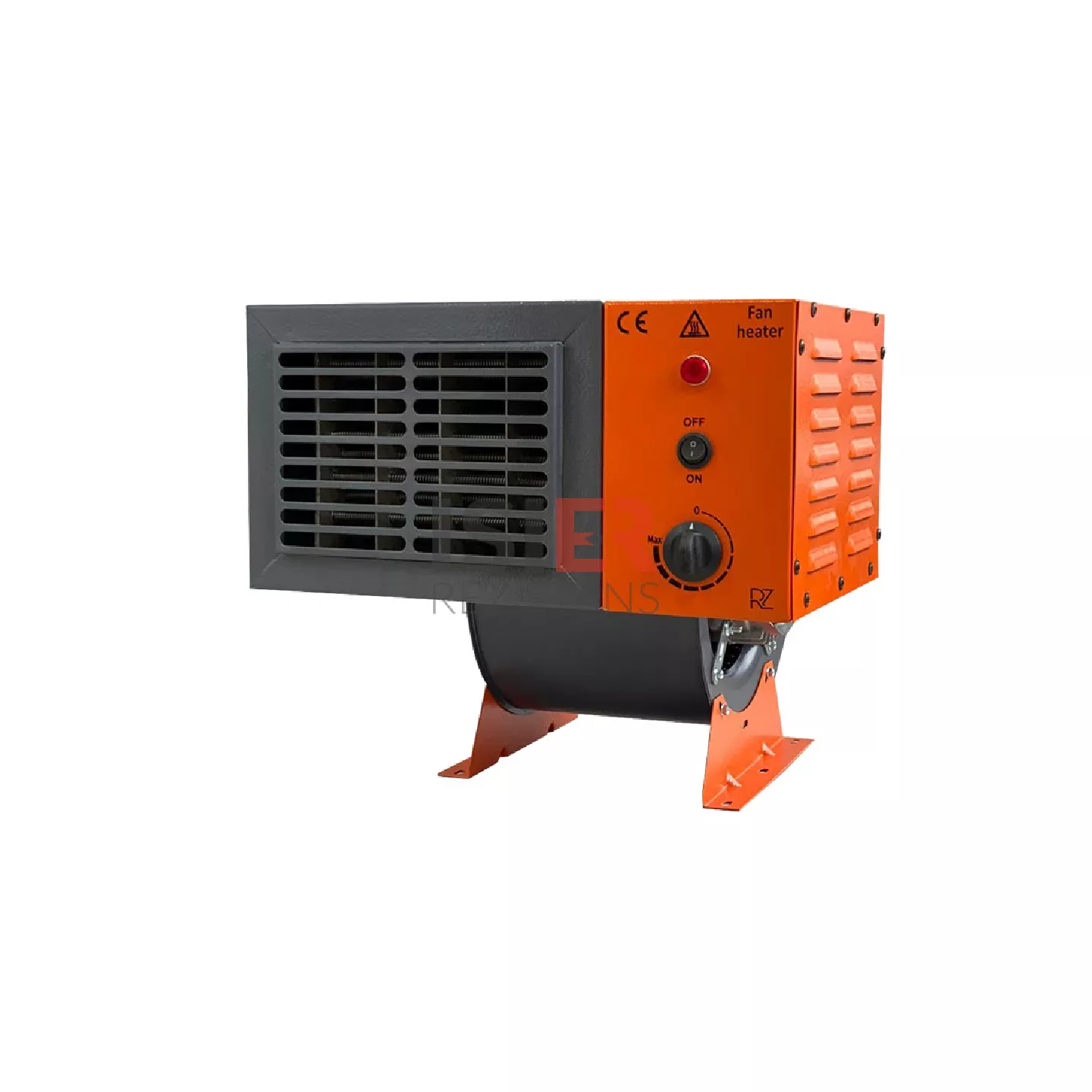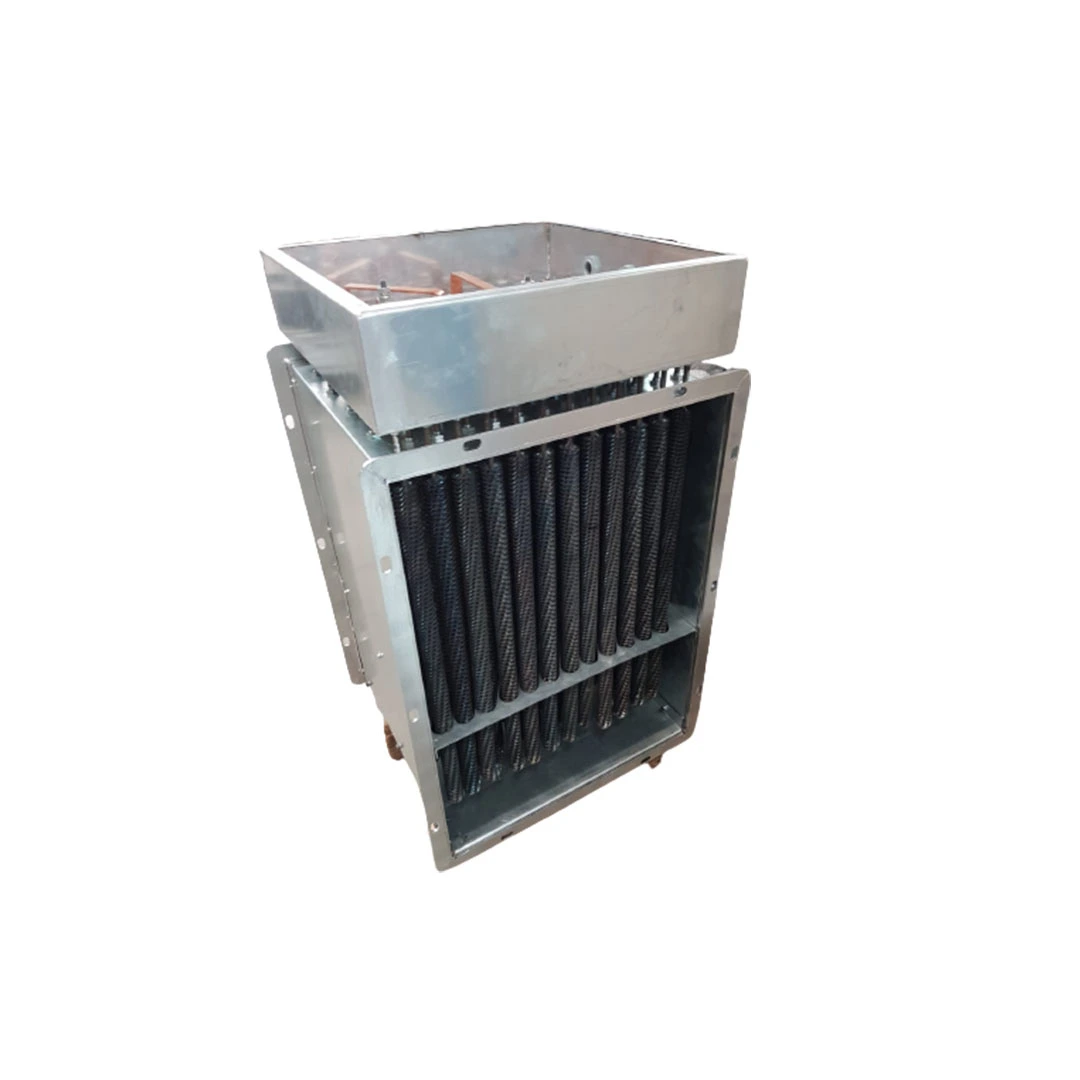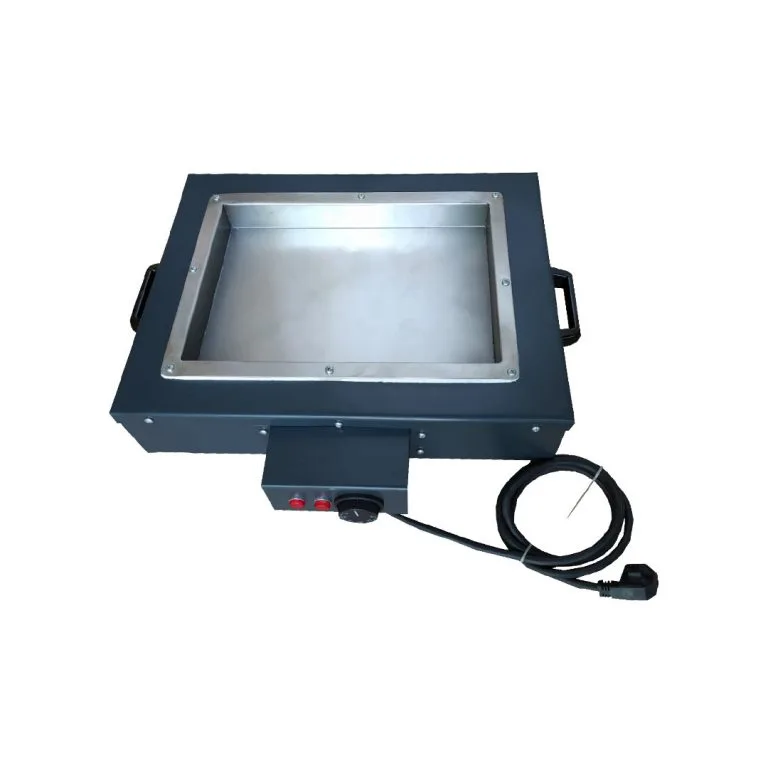Electrical Fan Heaters: Definition, Features, and Applications
Electrical fan heaters are heating elements commonly used in industrial and commercial heating systems. These heaters provide faster and more efficient heating by circulating heat throughout the space using a fan. Electrical fan heaters are preferred in many industries where quick and effective heating is required. This article will provide detailed information about what electrical fan heaters are, how they work, their advantages, and their applications.
Our Products
Your Solution Partner for All Your Resistance Needs
What is an Electrical Fan Heater?
An electrical fan heater is a heating element that converts electrical energy into heat. This type of heater typically consists of electric heating elements housed in a metal casing. However, these heaters not only transfer heat directly but also distribute it throughout the space via a fan. This mechanism allows the space to warm up quickly and increases efficiency.
Electrical fan heaters are especially used in areas where rapid heating of the space is required. The fan quickly circulates the heated air, ensuring that warm air is evenly distributed throughout the area. This allows for easier temperature control.
How Do Electrical Fan Heaters Work?
Electrical fan heaters essentially consist of two main components: the heating element and the fan. The heating element is made of a resistance wire that passes electric current and converts electrical energy into heat. When the electric current passes through this resistance wire, it heats up, and the heat is circulated throughout the space via the fan.
The fan distributes the heat uniformly, ensuring it reaches every corner of the room. This results in faster warming of the space. Electrical fan heaters are particularly effective in heating large areas, which is why they are preferred in large-volume spaces.
Technical Specifications of Electrical Fan Heaters
Electrical fan heaters can have various features depending on industrial and commercial applications. Here are the general technical specifications of electrical fan heaters:
- High Heat Distribution:
Thanks to the fan, electrical fan heaters quickly spread heat throughout the room, ensuring faster and more uniform warming. - Low Energy Consumption:
These heaters operate with high energy efficiency. Heat losses are minimized, which leads to lower energy consumption. - Easy Installation and Portability:
Electrical fan heaters are usually portable and easy to install, making them ideal for temporary heating solutions. - Variety of Temperature Ranges:
These heaters come in models that can operate across various temperature ranges, allowing for customization to meet different heating needs. - Durable and Long-Lasting:
Electrical fan heaters are made from durable materials, such as stainless steel, which ensure long-lasting performance. - Quiet Operation:
Modern electrical fan heaters are designed to operate at low noise levels, making them suitable for use in offices and quiet environments.
Advantages of Electrical Fan Heaters
Electrical fan heaters offer many advantages. Here are some of the key benefits they provide:
- Fast Heating:
By distributing heat quickly, electrical fan heaters enable the space to warm up rapidly. This saves time and increases efficiency. - Uniform Heat Distribution:
The fan ensures that the warm air spreads evenly across the room, preventing temperature fluctuations and helping maintain a consistent temperature. - Energy Efficiency:
Electrical fan heaters operate efficiently, with minimal heat loss, which reduces operating costs. - Portability:
These heaters are generally portable, making them suitable for use in various locations. Their flexibility offers an ideal solution for temporary heating needs. - Environmentally Friendly:
Electrical fan heaters are made from environmentally friendly materials and operate efficiently, reducing environmental impact. - Long-Lasting and Easy to Maintain:
Built with durable materials, electrical fan heaters have a long lifespan. They also continue to function effectively with regular maintenance.
Applications of Electrical Fan Heaters
Electrical fan heaters are widely used across various industries. Here are some common applications:
- Industrial Applications:
Electrical fan heaters are commonly used in factories, warehouses, workshops, and production facilities. These areas often require rapid heating due to their large spaces. Fan heaters provide quick and even heat distribution in industrial applications. - Offices and Commercial Spaces:
Electrical fan heaters can be used in offices, shops, and other commercial spaces to maintain a comfortable temperature. Their quiet operation makes them suitable for work environments. Also, their portability allows them to be used in different rooms or areas. - Storage Areas:
Electrical fan heaters are effective in warehouses, especially in cold storage areas or spaces that require heating. These heaters ensure the rapid distribution of heat throughout the space, helping maintain the desired temperature level. - Agriculture and Greenhouses:
In the agricultural sector, temperature control is crucial, particularly in greenhouses. Electrical fan heaters ensure that heat is evenly distributed in greenhouses, supporting healthy plant growth. - Automotive Industry:
In the automotive industry, temperature control is important during vehicle painting and assembly. Electrical fan heaters provide rapid heating, improving efficiency in these processes. - Construction Industry:
Electrical fan heaters are used in the construction industry to heat outdoor areas in cold weather conditions. This helps workers perform efficiently and accelerates the construction process.
Electrical fan heaters are an ideal choice for industrial and commercial businesses seeking fast and efficient heating solutions. By distributing heat uniformly, these heaters ensure rapid warming of the space and increase energy efficiency. Their durable construction and portability allow them to be used across various sectors. These heaters offer an effective solution for increasing efficiency and reducing operating costs.
Electrical Fan Heaters Frequently Asked Questions
An electrical fan heater is a device that uses an electric heating element combined with a fan to generate and circulate warm air. It is commonly used for spot heating in small to medium-sized rooms.
The electrical fan heater works by passing electricity through a heating element (such as a coil or ceramic), which heats up. A fan then blows air over the heating element, distributing the warm air throughout the room.
- Key advantages include:
- Quick heating: Provides instant warmth by circulating warm air.
- Portability: Easy to move from room to room.
- Cost-effective: Relatively inexpensive compared to central heating systems.
- Compact design: Can be used in small spaces.
- Yes, electrical fan heaters are generally safe if used according to the manufacturer’s instructions. Safety features typically include overheat protection, automatic shut-off, and tip-over switches. It’s important to keep them away from flammable materials and never leave them unattended.
- Consider the following when selecting an electrical fan heater:
- Room size: Choose a model with the appropriate power (wattage) for your space.
- Portability: If you plan to move the heater between rooms, look for a lightweight, easy-to-carry design.
- Safety features: Look for built-in safety features like overheat protection and tip-over switches.
- Noise level: Some fan heaters can be noisy, so check the decibel level if quiet operation is important.
- Some electrical fan heaters are designed specifically for use in bathrooms and are rated as “IP” (Ingress Protection) for water resistance. Be sure to use a heater designed for damp or wet environments, and always follow the safety instructions to avoid electrical hazards.
- The wattage of a fan heater determines its heating capacity. For small rooms (up to 100 sq. ft.), a 750W to 1000W heater should suffice. For larger rooms (200 sq. ft. or more), look for heaters with 1500W to 2000W. Higher wattage typically results in faster heating.
- Electrical fan heaters are generally quite efficient at converting electricity into heat. However, they can be expensive to run if used for long periods. For better energy efficiency, look for models with thermostats and timers that allow for more precise temperature control.
- Regular maintenance includes:
- Cleaning: Keep the fan and heating element free of dust to ensure efficient operation.
- Inspecting: Regularly check for signs of wear or damage to the power cord and the unit itself.
- Avoid blocking vents: Ensure that air vents are not obstructed by furniture or other objects to allow proper airflow.
- Some disadvantages include:
- Noise: The fan can be noisy, especially at higher settings.
- Limited coverage: Not suitable for large spaces or for providing whole-house heating.
- Dry air: Prolonged use can dry out the air, which may be uncomfortable in certain environments.
- Energy costs: Continuous use can result in higher electricity bills.



